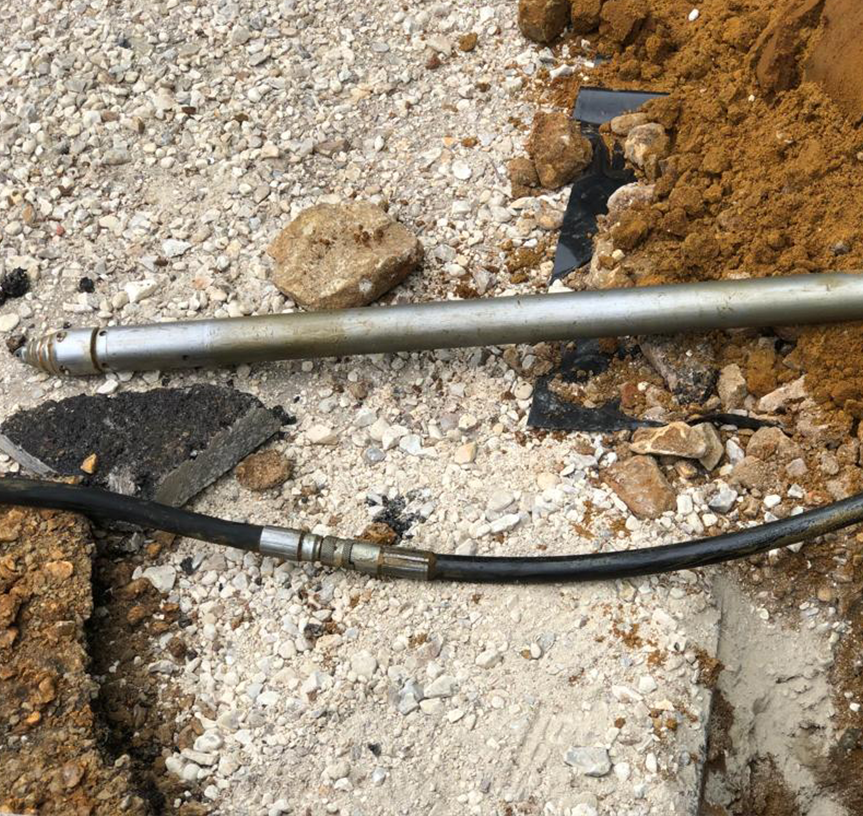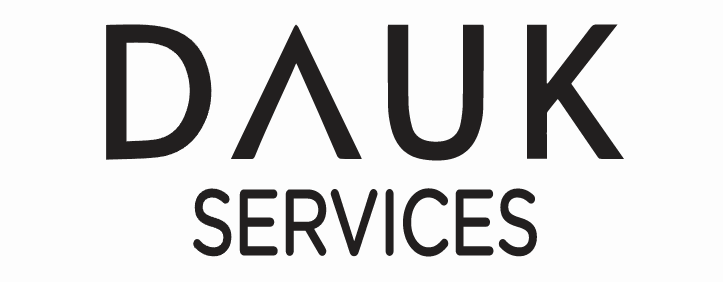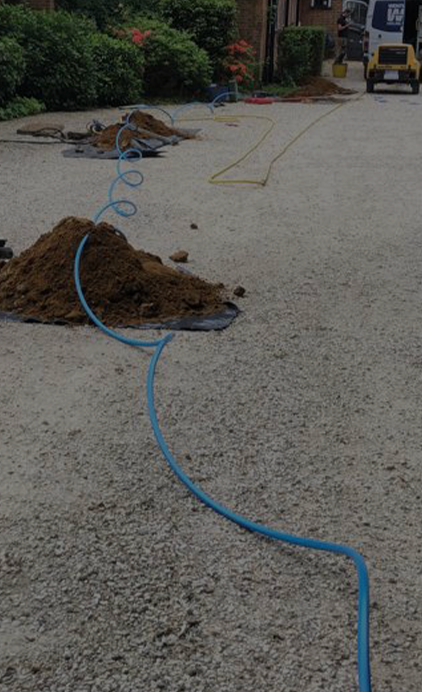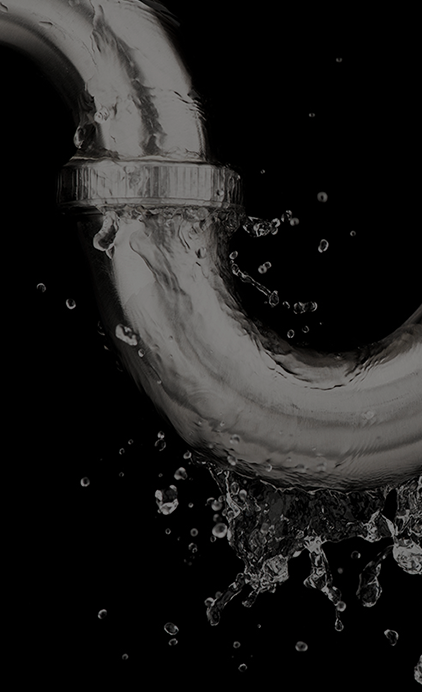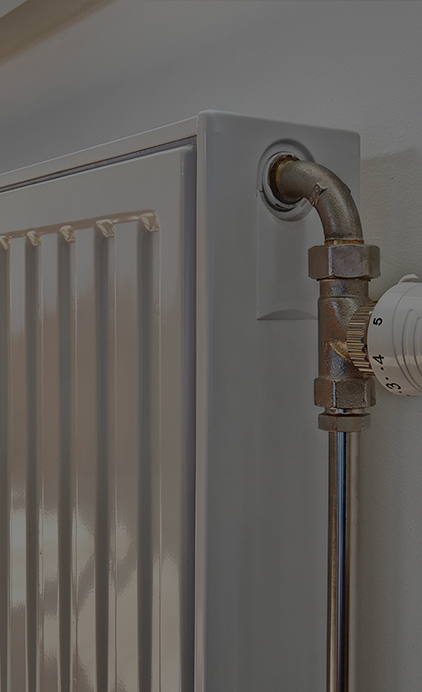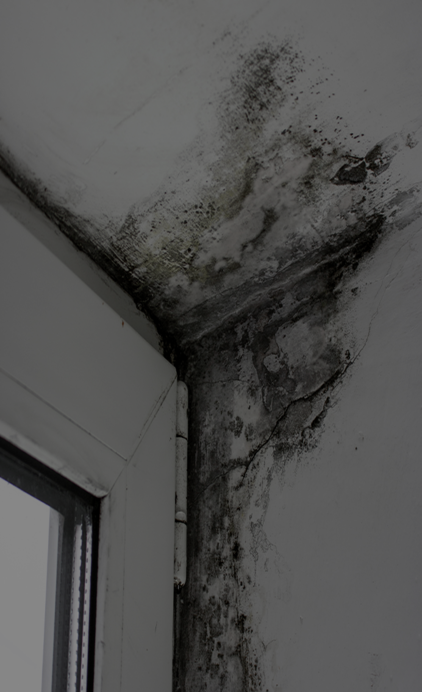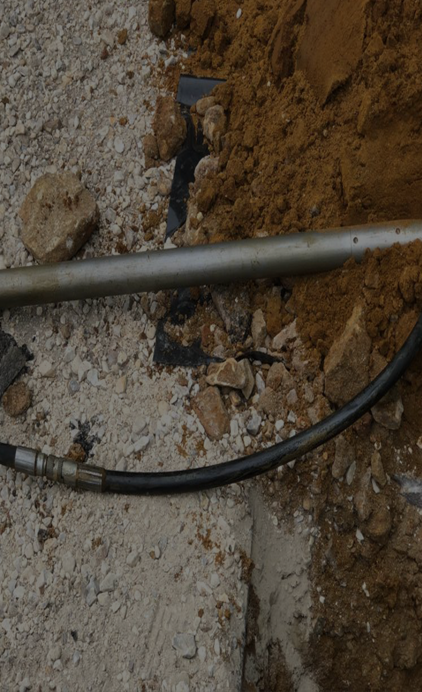About Leak Dectection Northwest
Leak Detection Northwest is a team of water leak detection specialists with more than 20 years of industry expertise.
Our specialists are trained to detect water leaks quickly and accurately and provide the appropriate solution for your specific needs.
We’ve helped hundreds of customers in both domestic and commercial properties with planned or emergency leak repairs on internal and external pipework with minimal disruption wherever possible.
Our response time is within 24 hours. If you have a home emergency, don’t hesitate to give us a call.
Leak Detection Northwest providing leak detection services for water supply pipes and central heating systems. We can also investigate water ingress and provide mould removal services.
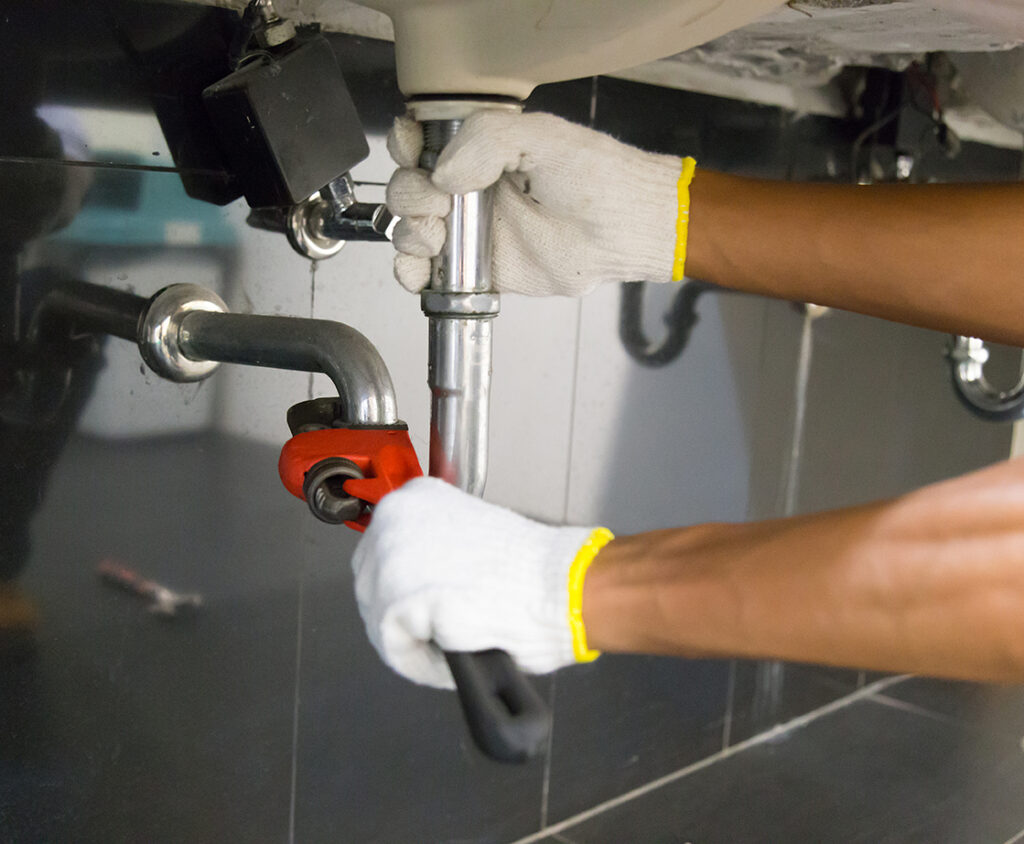
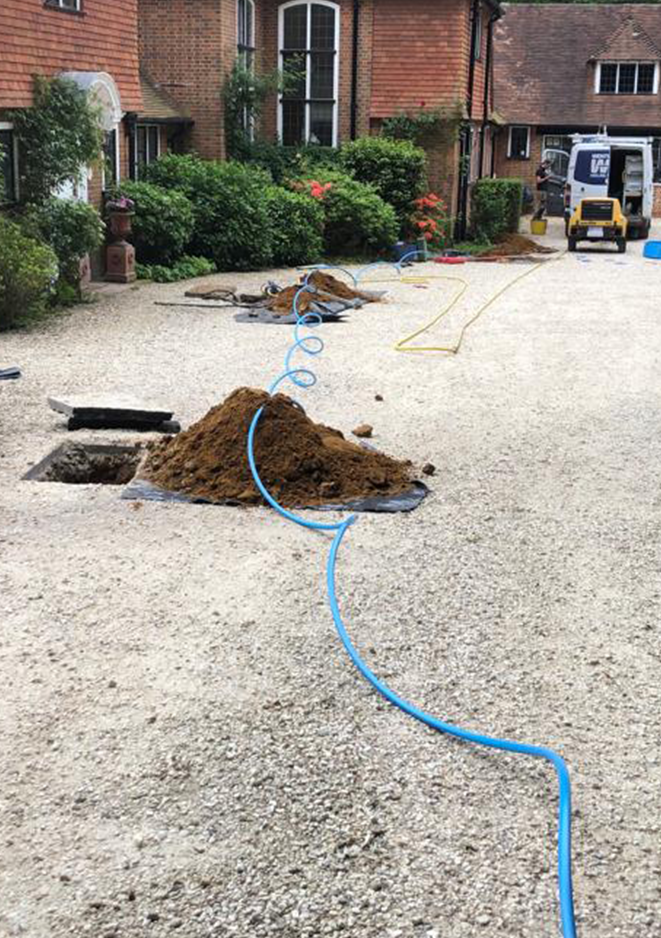
Water Supply Pipe Leaks
Water supply pipe leaks can occur in both residential and commercial properties, and can be caused by a variety of factors such as corrosion, physical damage, or shifting soil. These leaks can lead to wasted water and increased water bills, as well as potential structural damage if not addressed. To detect a leak, one can check for visible signs of water on pipes or in the surrounding area, listen for the sound of running water, or check for a sudden increase in water bills. To repair a leak, the damaged section of pipe must be located and replaced or repaired. It’s recommended to hire a licensed plumber to fix the leaks.
Finding the source of a water leak is one of our area of expertise. We can locate the leak using cutting-edge technology and offer relevant solutions that fit your budget and timeframes.
We comprehend how unpleasant it may be to deal with a water supply pipe leak. You can count on a dependable expert service from Leak Detection Northwest.
Pipe Leaks
A pipe leak is a problem that occurs when a pipe that carries water, gas, or other fluids develops a hole or crack, causing the fluid to leak out.
Pipe leaks can be caused by a variety of factors, including corrosion, wear and tear, or damage to the pipe. They can also be caused by issues with the pipe’s installation or design. Pipe leaks can cause a variety of problems, including water damage, mold growth, and increased utility bills. It is important to address pipe leaks as soon as they are discovered in order to prevent further damage and to minimize the risk of injury.
Increase in water bill: If your water bill suddenly increases, it could be a sign of a water pipe leak.
Visible water damage: Look for signs of water damage on walls, floors, or ceilings.
Low water pressure: If you notice a decrease in water pressure, it could indicate a leak in the pipes.
Sudden appearance of mold or mildew: Leaks can cause mold and mildew to grow, so if you notice these signs, it’s worth checking for a leak.
Soggy or wet areas in your yard: If you notice areas of your yard that are consistently soggy or wet, it could be due to a leak in the underground pipes.
Constant dripping or running water sounds: Listen for any unusual noises, such as a consistent dripping or running water sound, which could indicate a leak.
Discoloration or staining on walls or ceilings: Leaks can cause discoloration or staining on walls or ceilings, so look out for these signs.
Our leak detection experts discover the leak in the least disruptive manner possible by combining cutting-edge technology with years of experience.
After finding the leak, we can advise you on the best line of action to fix it, protecting your home from future harm.
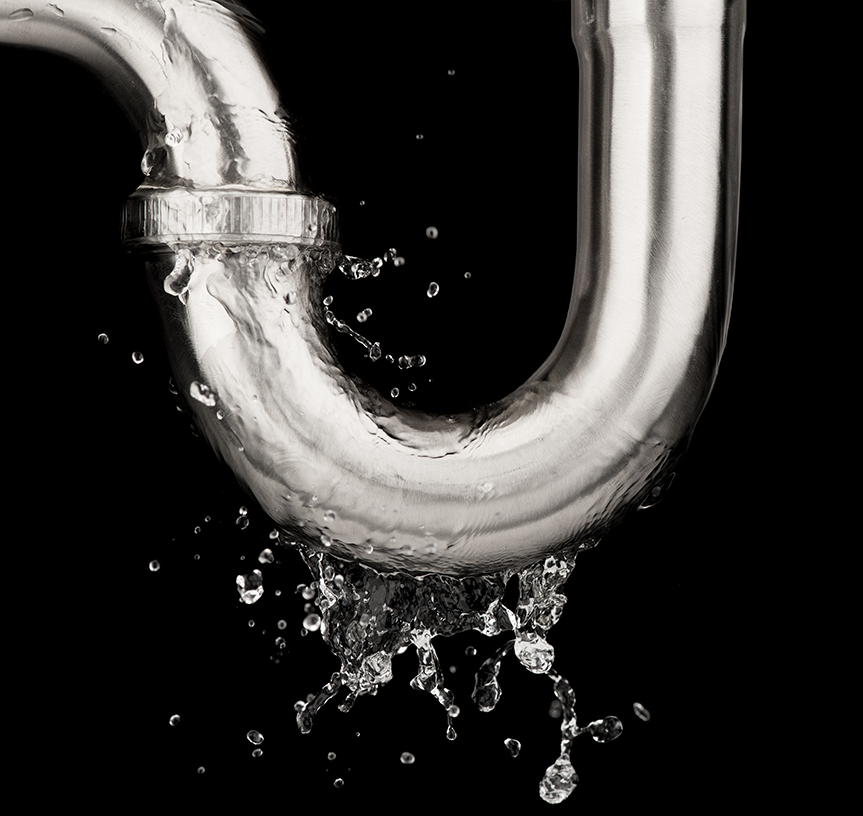
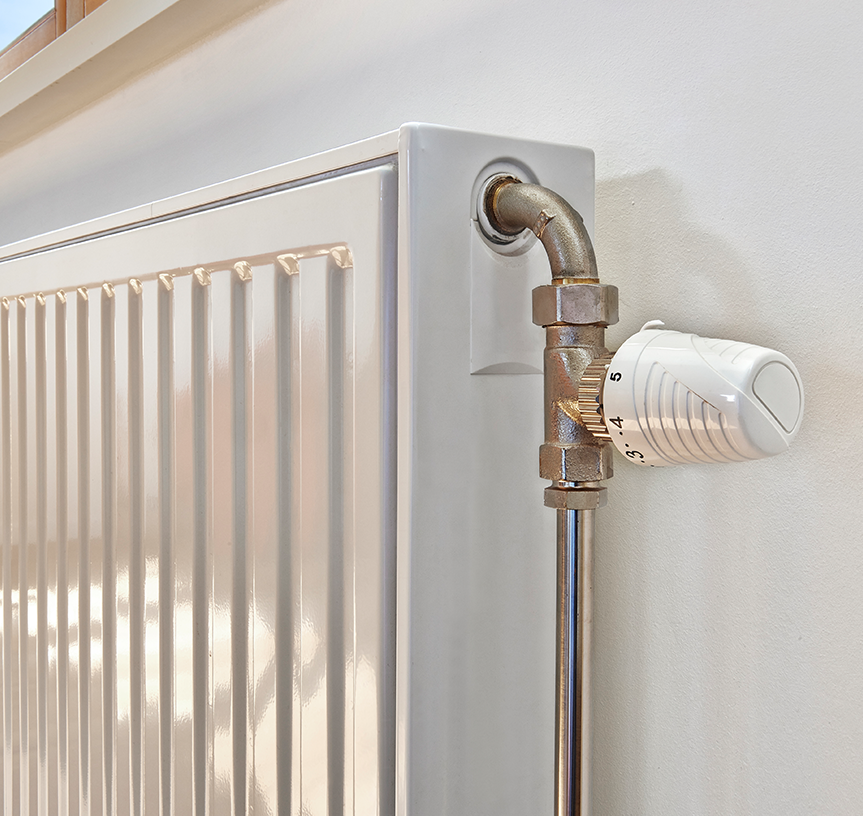
Central Heating Leaks
Central heating leaks can occur in several areas of a heating system, such as the boiler, pipes, and radiators. Signs of a leak include low water pressure, strange noises, and wet spots on walls or floors. If a leak is suspected, it is important to turn off the heating system and call a qualified technician to fix the issue as soon as possible. Ignoring a leak can lead to more serious problems and costly repairs.
Common signs of a central heating leak include:
- Reduced heat output from the system
- A sudden increase in your energy bills
- Noise coming from the boiler or pipes
- Water leaks or puddles around the boiler or pipes
- Low water pressure in the system
- The boiler frequently shutting off or not starting up
- Rust on or around the pipes
It’s important to address a central heating leak as soon as possible, as it can cause damage to your property and be costly to repair. If you suspect a leak, it’s best to contact a professional plumber or heating engineer to diagnose and fix the issue.
We advise getting in touch with an expert who can locate the source of the leak and perform the necessary repairs if you notice any of these symptoms.
Leak Finding Engineers from Northwest we are GAS SAFE registered and are equipped to properly repair central heating leaks.
All forms of heating systems, including coal, gas, electric, and wood heating systems, are subject to our leak detection services.
Water Leaks and Ingress
Water leaks and ingress refer to the infiltration of water into a structure or building. Leaks can occur in various forms such as pipe leaks, roof leaks, and foundation leaks. Ingress refers to water entering a building from the ground up, through walls, floors, and other structures. Water leaks and ingress can cause damage to a building’s foundation, walls, and contents, and can also lead to mold and mildew growth. It is important to address and repair water leaks and ingress as soon as they are discovered to prevent further damage and potential health hazards.
The causes of water ingress are many but the most common reasons are:
Leaking pipes or fittings: A common cause of water ingress is when pipes or fittings within a building become worn or damaged, causing water to leak into the structure.
Roof damage: Damage to a roof, such as a cracked or missing tile, can allow water to enter the building.
Faulty gutters and downpipes: If gutters and downpipes are blocked or damaged, water can overflow and enter the building.
Window and door leaks: Cracks or gaps in the seals around windows and doors can allow water to enter the building.
Groundwater infiltration: If the ground around a building is saturated, water can seep into the structure through the foundations or basement.
Flooding: Heavy rainfall or flooding can cause water to enter a building, either through the walls or through the doors and windows.
A/C Unit leaks: A/C units can also cause water ingress when they malfunction and start leaking.
Poor drainage: If the property has poor drainage, water can accumulate and seep into the building through the walls, floors, or foundations.
If water ingress is not treated, the consequences can be severe. Damp walls and floors, wet rot, dry rot, musty odors, and mould growth are examples of these.
Leak Detection Northwest is an expert at determining where water is entering your property and providing the best waterproofing solution to avoid long-term issues.
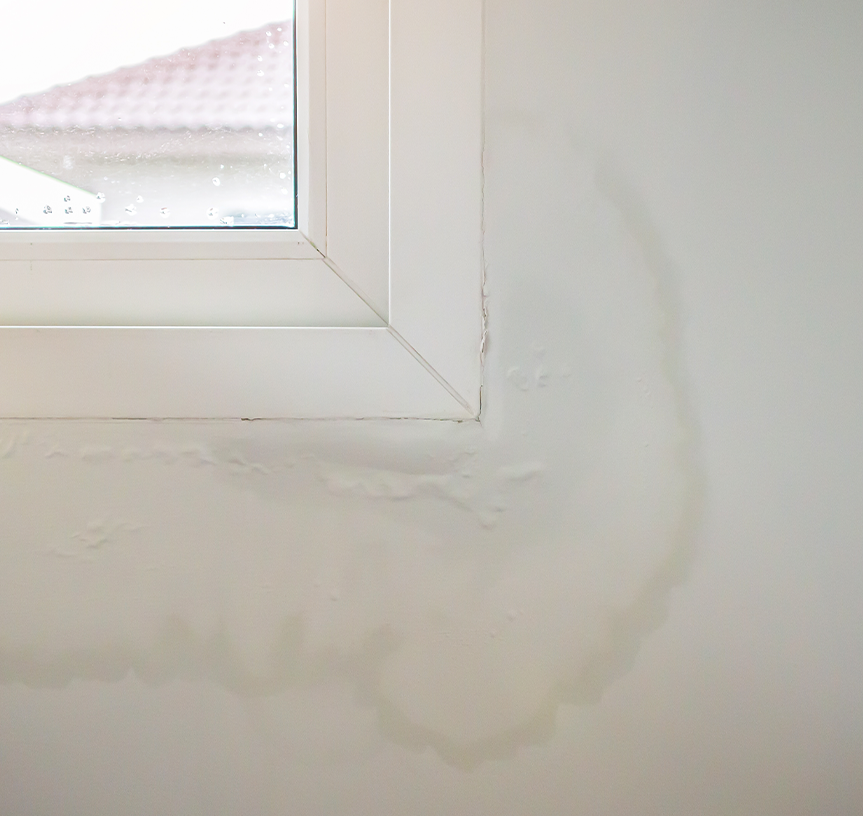
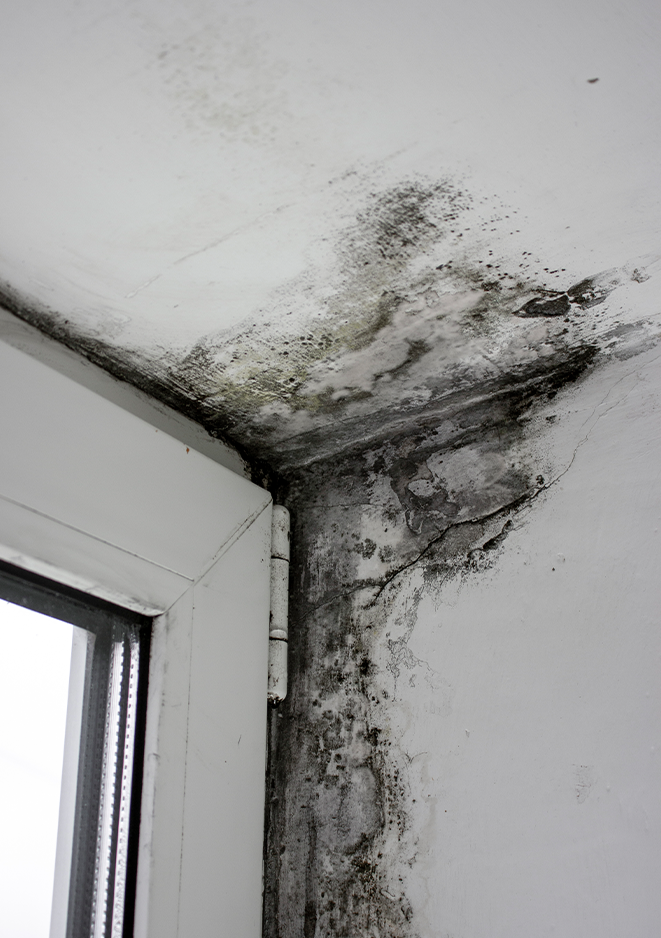
Mould Removal
of moisture and humidity problems in a home or building. It can grow on surfaces such as walls, ceilings, and floors, and can cause structural damage as well as health issues. It is important to address and prevent mould growth by controlling moisture and humidity levels in the home or building. This can be done by fixing leaks, using dehumidifiers, and ensuring proper ventilation.
If left untreated, mould can spread very quickly, and not only look unsightly but can be bad for your health as it can release toxins into the air.
Leak Detection Northwest are mould removal specialists, using specific cleaning treatments for the type of mould you have. We can identify the cause of the mould growth to prevent it from returning. Our leak detection services will determine whether there is a water pipe leak or water ingress and will make the necessary repairs.
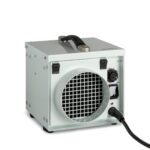
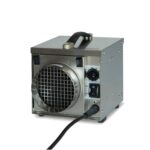
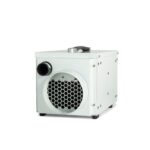
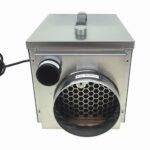
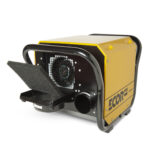
Moling
Moling is a method of installing underground pipelines or services without the need for trenching or excavation. It involves creating a hole in the ground using a mole, which is a machine that pushes soil out of the way as it moves forward, creating a hole in its wake. This method is often used for installing utilities such as water, gas, and telecommunications lines. It is less disruptive to the surface and can be quicker and less expensive than traditional trenching methods.
Moling entails digging small entry and exit holes that can be up to 10 meters apart (depending on the size of the area). A “mole” (a steel cylinder) drills through the soil using pulsed compressed air to make room for the pipes. The pipes can then be fed through the remaining space.
This technology eliminates the need for customers to dig large trenches, which can be extremely damaging and disruptive.
Leak Detection Northwest specializes in water supply pipe moling and is happy to answer any questions you may have about the process.
